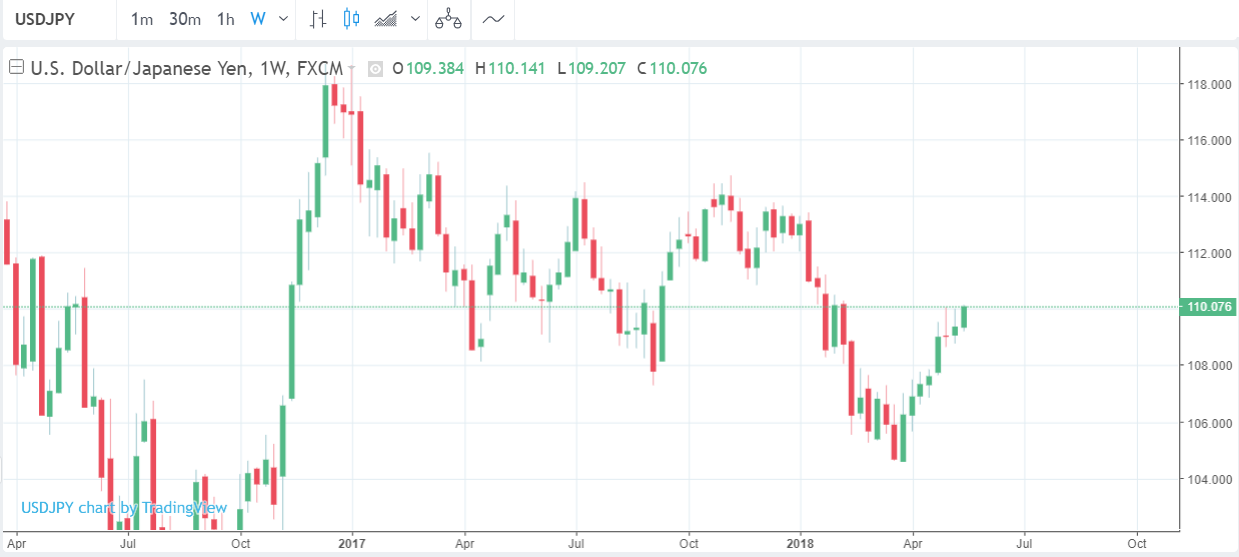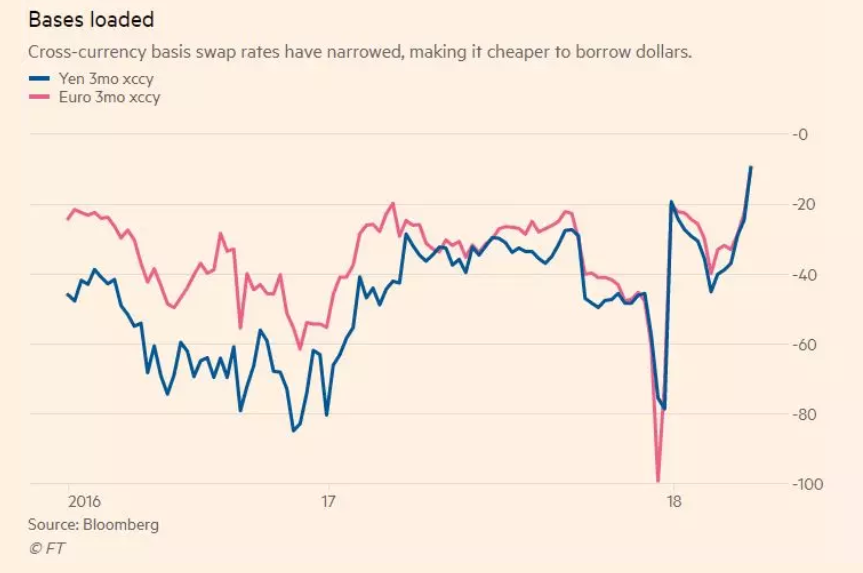The Likelihood of Further Yen Gains Is Fading, says Pantheon Macroeconomics.
- JPY is at risk of deppreciating from investor outflows into foreign assets
- Lack of Japanese government bonds means investors are turning overseas for opportunities
- The rising cost of hedging has increased the pressure on the Yen from overseas purchases

© kasto, Adobe Stock
The Japanese Yen recovered strongly for most of the first quarter of 2018, but those hoping for a return of the heady days of Q1 may be disappointed, as flow dynamics support a weaker currency, according to Freya Beamish, the chief Asia economist at Pantheon Macroeconomics.
Hopeful Yen bulls should beware - Q1 may have been as good as it gets for the Yen - says Beamish who sees the risk of further appreciation "receding".
Since April the Yen has been falling versus the Dollar and other majors, and the trend may well have further to extend.
The chief driver of the weaker Yen has been outflows into foreign assets as investors have increasingly had to turn outside for opportunities because of a scarcity of the favoured domestic safe-play, the Japanese Government Bond (JGB).
JGB's became scarce as a result of the Bank of Japan's (BOJ's) quantitative easing (QE) programme which involves the BOJ in hoovering up a hefty share of the available JGBs and leaving less for the rest.
It now seems preferable to turn outside for supply given domestic constraints.
Another factor supporting outflows has been the Yen's own increasing strength as of Q1 since it now has more buying power.
The yen recovered at the end of 2017 after the extremely high level of global demand for US Dollars finally eased and reversed.

One representation of the level of global demand for Dollars is the cost or 'basis' of a Dollar cross currency basis swap (see chart below).

(Image courtesy of Financial Times/Bloomberg)
Simply put 'basis' is the amount charged for borrowing Dollars via a currency swap and is, therefore, a measure of Dollar demand - the lower it is the more expensive it is for non-Dollar holders to swap their currency for Dollars.
Basis reached a record trough at the end of 2017 as demand for Dollar's peaked. The Yen was particularly hit by the extreme rise in Dollar demand because of Japan's low-interest rate which offers Dollar providers an additional risk-free arbitrage profit incentive.
Eventually, Dollar demand eased at the end of 2017, however, and this coincided with the Yen's recovery at the start of 2018.
The potential for basis to rise again remains a risk for the Yen, however, and is a further reason for Beamish's negative Yen outlook.
Ultimately, hedging activity of foreign-owned assets offers a counter-weight to depreciation because it involves 'buying' an equivalent amount of the loval unit, however, the risk of rising hedging costs has reduced demand from investors which now makes the Yen-selling more 'naked', and doesn't bode well for the currency.
"Facing a strong yen and high hedging costs, major Japanese lifers reportedly are boosting their unhedged flows into foreign assets. As a result, we reckon that the risks of further yen strength now are receding," says Beamish.
Get up to 5% more foreign exchange by using a specialist provider to get closer to the real market rate and avoid the gaping spreads charged by your bank when providing currency. Learn more here.






